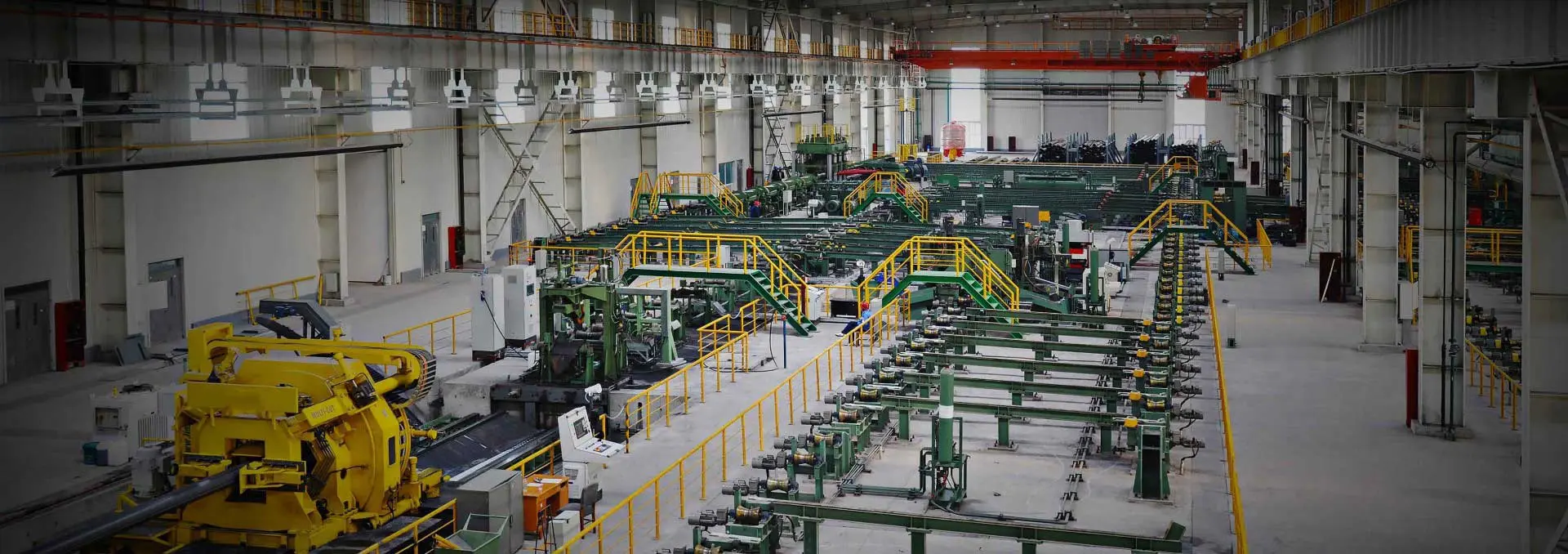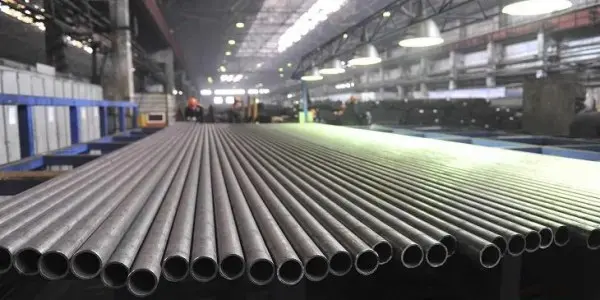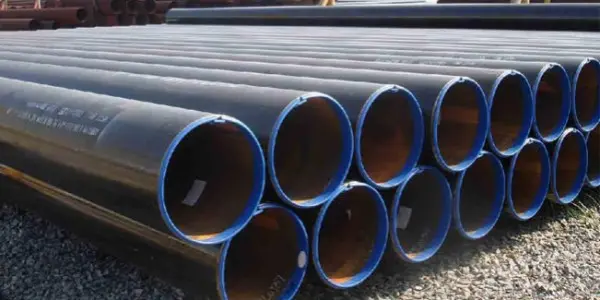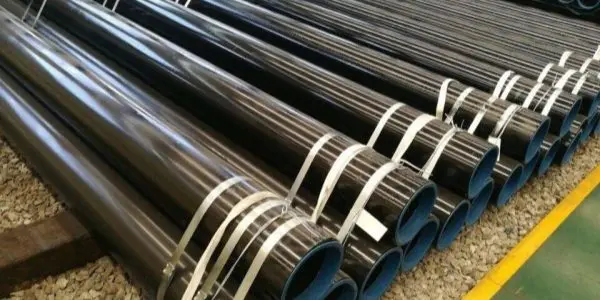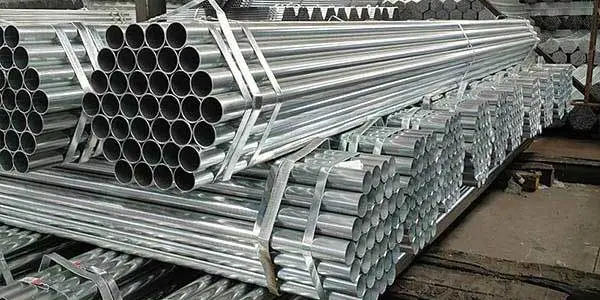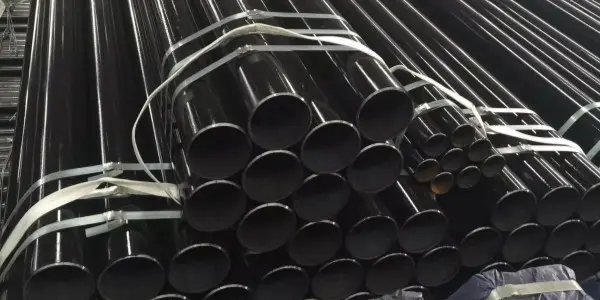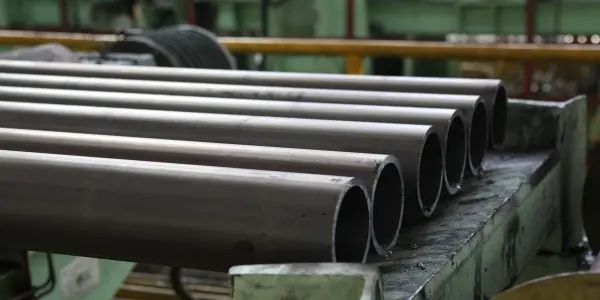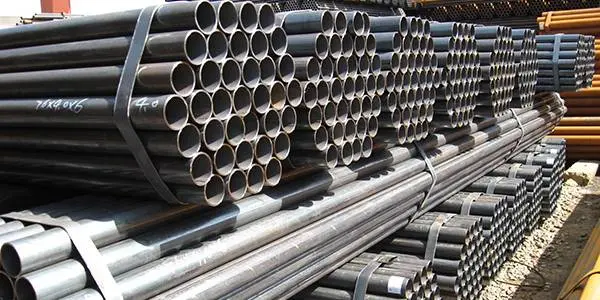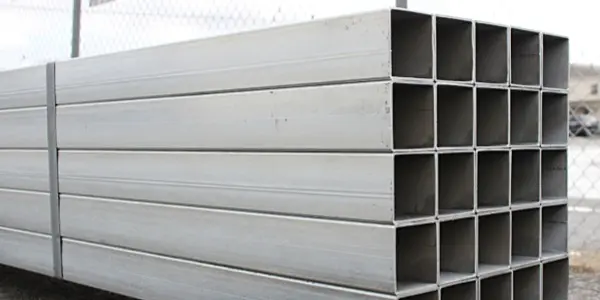-
Latest top 6 seamless steel pipe manufacturers in China
In high-specification engineering sectors—including oil and gas, energy, chemicals, power generation, and large-scale infrastructure—the quality consistency, delivery reliability, and technical compatibility of seamless steel pipes directly affect project safety, construction timelines, and lifecycle performance. This article will briefly introduce latest top 6 seamless steel pipe manufacturers in China.
Read More
-
Welding of API 5L line pipe
API 5L line pipe is designed for the transportation of oil, natural gas, and water from extraction sites to downstream oil and gas facilities. In accordance with the API 5L specification, line pipes are supplied as either seamless pipes or welded pipes. Common pipe-end types include plain ends, threaded ends, and socket ends, with typical connection methods such as girth welding, coupling connections, and socket connections.
Read More
-
API 5L X52 line pipe specifications
API 5L line pipes are extensively used for the transportation of oil, crude oil, natural gas, water, and other fluids in the energy industry. The API 5L designation refers to a standard developed and issued by the American Petroleum Institute (API) and is widely adopted worldwide. These pipelines are typically installed underground to deliver oil, gas, and water from production sites to processing facilities and end users. API 5L pipelines are available in both seamless and welded forms, with pipe ends supplied as plain, threaded, or socketed, depending on application requirements. Common steel grades include B, X42, X46, X52, X56, X65, and X70.
Read More
-
Uses and differences of the industrial boiler steel pipes
General boiler steel pipes are primarily used in the fabrication of water-cooled wall tubes, boiling water tubes, superheated steam tubes, and reheated steam tubes. Their performance characteristics determine their suitability for different boiler pressure levels and thermal environments.
Read More
-
What causes incomplete galvanizing of seamless steel pipes?
Incomplete or uneven galvanizing not only affects the appearance of seamless (SMLS) steel pipes but also reduces their corrosion resistance and service life in demanding environments. Understanding the root causes and applying the correct corrective measures is essential for ensuring a stable and high-quality galvanizing process.
Read More
-
Seamless steel pipe price list
As of the third quarter of 2025, the global seamless steel pipe market showed a generally upward trend, with noticeable regional differences. Price movements were mainly influenced by higher raw material and energy costs, increased oil and gas investment, a steady recovery of global infrastructure projects, and logistical uncertainties caused by geopolitical tensions.
Read More
-
Commonly used grades of American standard high-pressure boiler tubes
High-pressure boiler tubes are essential components for transporting high-temperature, high-pressure steam or hot water in power generation, chemical processing, and petrochemical systems. Several American standards. This article will briefly introduce commonly used grades of American standard high-pressure boiler tubes.
Read More
-
ASTM A210 ASME SA210 seamless boiler tubes
ASTM A210 ASME SA210 covers seamless medium-carbon steel tubes for boilers and superheaters, including minimum-wall-thickness tubing, boiler flues, safe-end tubes, arch tubes and stay tubes. This article will briefly introduce ASTM A210 ASME SA210 seamless boiler tubes.
Read More
-
Standard specifications of small diameter seamless steel pipes
Small-diameter seamless steel pipes refer to seamless steel tubes with relatively small outer diameters. They can be categorized into seamless small-diameter pipes and straight-seam (welded) small-diameter pipes. In general, pipes with an outer diameter between 4 mm and 89 mm fall into the small-diameter range. Although widely used, many users have limited familiarity with their specifications. These pipes are produced and inspected in accordance with standards such as ASTM A106, ASTM A53, EN 10216, and GB/T 8163, which define their chemical composition, mechanical properties, and dimensional tolerances.
Read More
-
Square tube size calculation
Square tubes (SHS steel) are widely used in construction, machinery manufacturing, and various structural applications. They are typically produced by forming cold-rolled or hot-rolled steel sheets into a hollow square section. Thanks to their geometry, square tubes offer high strength, good compressive performance, low weight, easy processing, and a broad range of available specifications. To support engineering design, procurement, and fabrication, it is essential to understand how to calculate square tube dimensions, theoretical weight, cross-sectional area, and standard size classifications. The following provides a complete and practical guide.
Read More

 English
English Español
Español




 Tel : +86-18565811709
Tel : +86-18565811709 Email :
Email : 